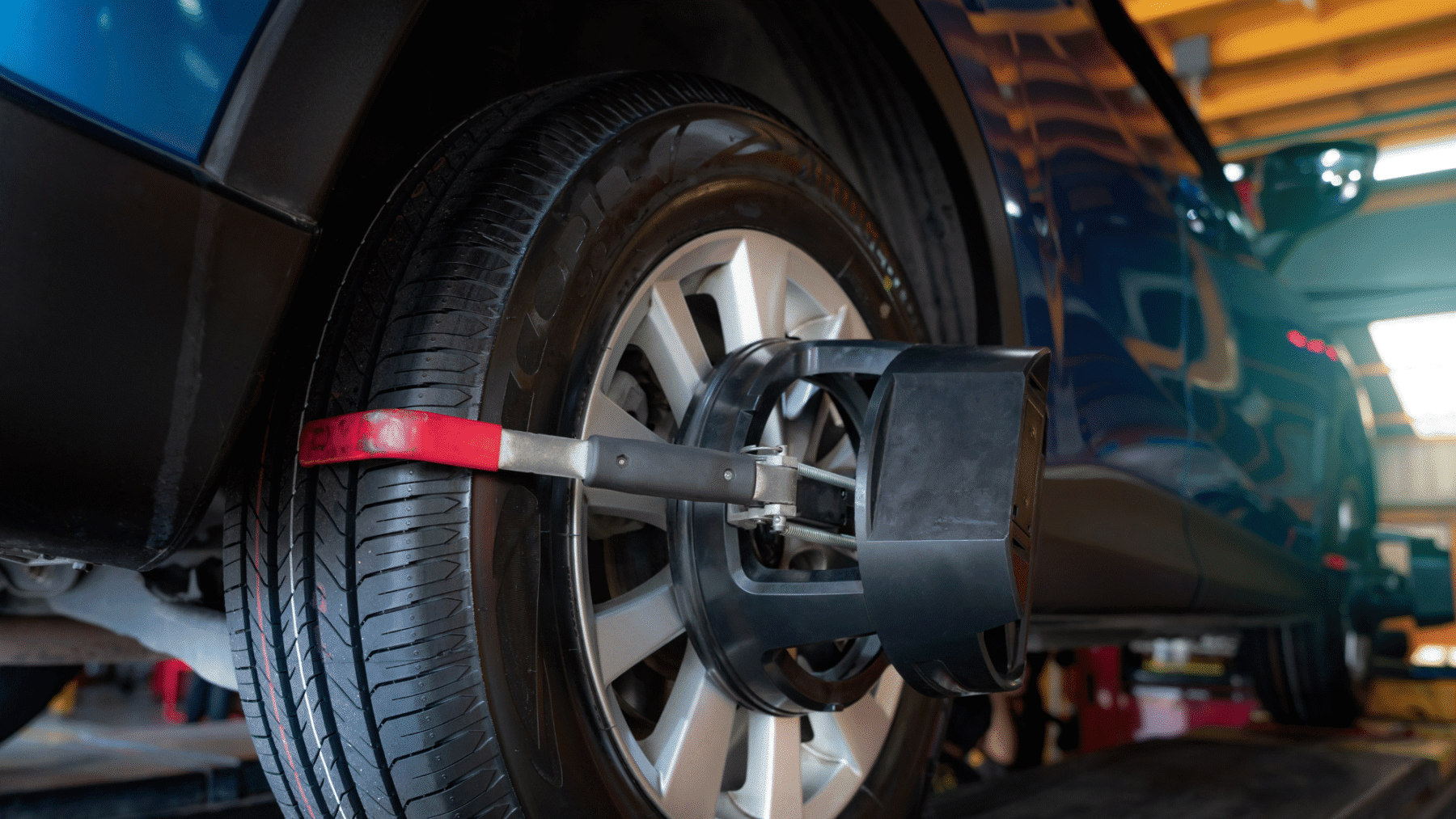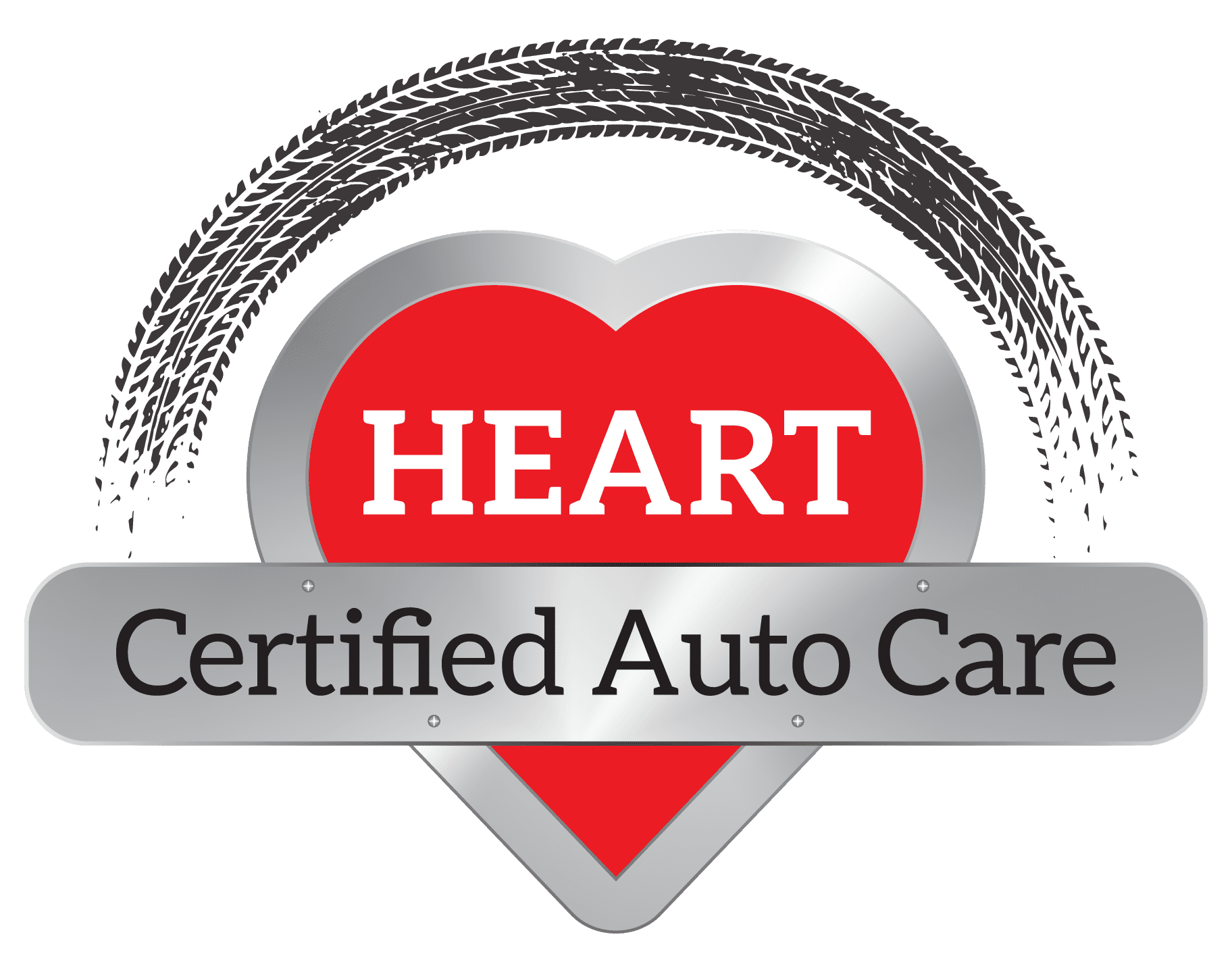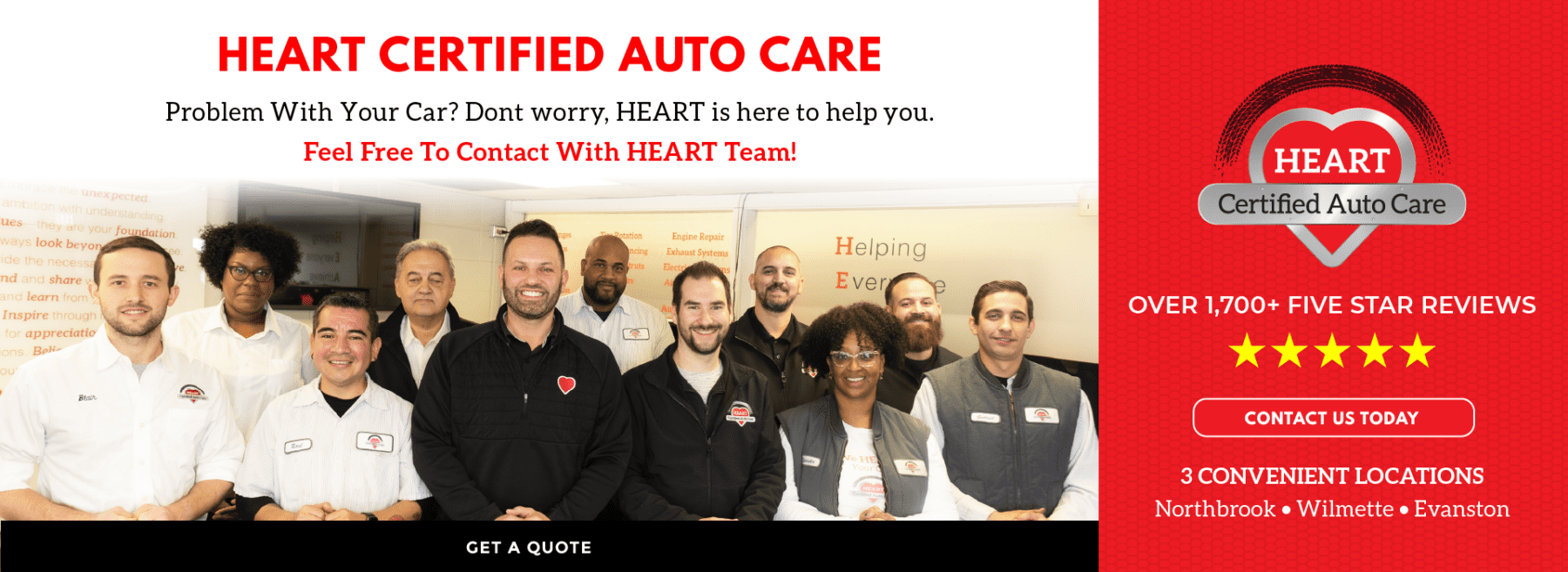Everything You Need to Know About Car Wheel Alignment


Driving should feel smooth, straight, and stable, but it doesn’t always go that way. If your vehicle starts pulling to the side or your tires wear unevenly, car wheel alignment could be the issue. This isn’t just about comfort, it’s about control, safety, and long-term savings.
You might not think about car wheel alignment often, but it’s one of those hidden heroes in vehicle maintenance. It affects everything from steering to fuel efficiency. The more you know, the better you can care for your vehicle.
What Makes Car Wheel Alignment So Important?
Even when your wheels look fine from the outside, alignment is what keeps everything working together smoothly beneath the surface. Car wheel alignment ensures that all four tires meet the road at the correct angle, with consistent spacing and orientation.
It’s important because:
- Precision handling depends on it. When wheels are misaligned, steering can feel loose, unresponsive, or pull to one side.
- It protects your tires. Even a small deviation causes uneven tread wear, which shortens tire lifespan.
- You save on fuel and repairs. Misalignment increases rolling resistance, making your engine and suspension work harder than they should.
- Your vehicle stays stable and responsive. Alignment keeps the suspension balanced, especially when braking or cornering.
If your goal is long-term performance and reliability, keeping car wheel alignment in check is a must, especially if you drive in urban traffic, rough roads, or Midwest winters
What Are the Symptoms of Bad Wheel Alignment?
A car with bad wheel alignment often pulls to one side, has uneven tire wear, or produces vibrating steering at high speeds. These are all red flags that your car’s angles are out of sync.
- Pulling to One Side: When you’re driving on a straight road and your car veers left or right, it’s usually due to misaligned wheels.
- Uneven Tire Wear: Tread wear on one edge of your tire indicates that it’s not making even contact with the road.
- Steering Wheel Off-Center: Your steering wheel should sit level when you’re driving straight. If it doesn’t, alignment could be the cause.
- Shaky Steering Wheel: If the wheel vibrates, especially at higher speeds, it could be due to car wheel alignment or balance issues.
- Poor Handling: Loose, unresponsive steering may feel like a suspension problem, but it’s often tied to misalignment.
These signs shouldn’t be ignored, especially since tire alignment problems can lead to more expensive repairs. Let’s now look at how often you should check alignment to avoid these issues.
How Often Should You Get a Wheel Alignment?
Car wheel alignment should be checked every 6,000 miles or twice a year, depending on your driving habits and road conditions. Timely alignment protects your tires and your wallet.
- After Hitting a Curb or Pothole: Even a minor impact can knock alignment out of place.
- With Every Tire Rotation: Many technicians recommend checking alignment when you rotate your wheels.
- Annually or Bi-Annually: As part of routine car care, scheduling a wheel alignment at HEART Auto Care twice a year is ideal.
- New Tires Installation: Proper alignment helps extend tire life and ensures a safer ride.
- Signs of Uneven Wear: If you notice your tires wearing out on one edge, it’s time for an alignment check.
Routine checks reduce the risk of vehicle steering issues, promote even tire wear, and make your drive safer. But how exactly does this work? Let’s explore the science behind alignment angles.
How Car Wheel Alignment Actually Works
Car wheel alignment isn’t just about straightening the wheels. It’s about setting the suspension angles to meet manufacturer specifications. Three angles matter most:
- Camber: The inward or outward angle of the tire when viewed from the front of the vehicle. Too much positive or negative camber causes uneven wear.
- Caster: The tilt of the steering axis when viewed from the side. Proper caster helps with balance and cornering.
- Toe: The extent to which the tires turn inward or outward when viewed from above. Incorrect toe settings cause feathered tire wear.
Each of these angles impacts your driving experience and safety. Fixing car wheel alignment makes a huge difference in how your vehicle handles, especially during turns or braking.
According to Car and Driver, keeping alignment in check also helps improve fuel efficiency and protects your suspension. Next, we’ll explore what causes alignment issues in the first place.
5 Common Causes Of Car Wheel Misalignment
Issues with car wheel alignment don’t just pop up randomly; they’re usually caused by common events or overlooked wear. Identifying these can help you prevent bigger issues later.
- Potholes and Road Hazards: Sudden impacts shift suspension parts out of place.
- Curb Hits and Parking Mishaps: Hitting the curb at low or high speed can cause toe and camber changes.
- Worn Suspension Parts: Bushings and ball joints that wear over time reduce alignment precision.
- Lift or Lowering Kits: Modifications that change your vehicle’s height can disrupt alignment geometry.
- Accidents: Even small collisions can alter wheel angles and lead to wheel alignment problems.
Avoiding these issues isn’t always possible, but being aware of them helps you act quickly. Now that you know what causes misalignment, let’s cover the different types of wheel alignments.
Types of Car Wheel Alignment Services
Different vehicles and driving styles require specific types of car wheel alignment services. Understanding the difference can help you choose the right service at HEART Auto Care.
- Front-End Alignment: Adjusts only the front left and right two wheels. Common for basic alignment issues.
- Thrust Alignment: Combines front-end alignment with rear axle adjustment. Best for vehicles with solid rear axles.
- Four-Wheel Alignment: Adjusts both front and rear suspensions. Essential for all-wheel drive and vehicles with independent rear suspension.
- Performance Alignment: Customized settings for high-performance driving or track vehicles.
Choosing the right alignment depends on your vehicle’s make, model, and condition. If you’re experiencing vehicle steering issues, a four-wheel alignment is usually the safest bet. Up next, let’s talk about how misalignment affects more than just your tires.
How Misalignment Affects Your Car’s Safety And Performance
Driving with poor car tire alignment isn’t just annoying, it can also become dangerous. It places uneven stress on parts of your car, which causes premature wear and handling problems.
- Reduced Braking Efficiency: Misaligned wheels don’t grip evenly, which may increase your stopping distance in emergencies.
- Steering Drift: If your vehicle veers left or right without input, staying in your lane becomes a safety concern.
- Suspension Damage: Over time, improper alignment stresses suspension components like tie rods and control arms.
- Uneven Tire Tread: Irregular wear reduces traction and can lead to tire blowouts.
- Wasted Fuel: More rolling resistance from poor alignment means your engine has to work harder.
When left unchecked, tire alignment problems create a domino effect on other essential car systems. Let’s now get into how you can identify these problems before they get worse.
How To Tell If Your Car Needs An Alignment
You don’t need a mechanic’s eye to spot car wheel alignment issues. In fact, some of the signs are visible or felt while driving. Here’s what to look for:
- Tilted Steering Wheel: If your wheel is tilted when driving straight, it signals misalignment.
- Noisy Tires: Screeching or humming from your tires, especially during turns, might mean something’s off.
- Rapid or Patchy Tread Wear: Your tires should wear evenly across the surface, not just one edge.
- Loose Steering Feel: Sloppy or delayed steering response often stems from poor alignment angles.
- Vibration in the Wheel:If you feel vibration after hitting a pothole or bump, alignment may be affected.
If any of these signs show up, schedule a checkup at HEART Auto Care. That simple visit can protect you from bigger vehicle steering issues later. But when you do go in, what should you expect?
What Happens During a Car Wheel Alignment Service?
A car wheel alignment service is more high-tech than most people realize. At HEART Auto Care, the process is fast, precise, and designed to restore your vehicle’s performance.
Here’s a look at what happens during a professional alignment service:
- Inspection: Technicians check tire pressure, tread depth, and suspension condition.
- Computerized Measurement: Alignment machines compare your wheels’ angles to factory specs using sensors.
- Adjustments: Camber, caster, and toe are corrected based on manufacturer guidelines.
- Test Drive: After realignment, your car is taken for a road test to confirm improved steering and handling.
The entire process typically takes an hour or less. Staying ahead of tire alignment problems means your ride stays smooth and your tires last longer. Let’s look now at why proper alignment saves you money in the long run.
5 Ways Car Wheel Alignment Saves You Money
Keeping your car wheel alignment in top shape doesn’t just improve your drive, it actually helps reduce long-term costs. Misalignment leads to bigger repairs if ignored.
- Extends Tire Life: Even wear means you don’t have to replace tires as often.
- Improves Fuel Economy: Proper alignment reduces drag and helps your vehicle move efficiently.
- Prevents Suspension Wear: Misaligned wheels stress the shocks and struts, shortening their lifespan.
- Avoids Emergency Repairs: Misalignment can lead to tire blowouts or steering issues that require urgent attention.
- Minimizes Brake System Wear: With correct alignment, brakes engage evenly across the wheels.
Regular checkups at HEART Auto Care make sure none of these expenses sneak up on you. Next, we’ll help you know what questions to ask when getting alignment service.
Questions To Ask Before Getting A Wheel Alignment
Getting a car wheel alignment sounds simple, but you should still ask the right questions to make sure your vehicle gets the best service possible.
- Is it a front-end or four-wheel alignment?
- Will you check the suspension and tires first?
- Do you provide before and after alignment readings?
- Are the alignment specs based on manufacturer standards?
- Can I see the printout after the service is done?
Successful completion of this alignment discussion guarantees immediate enhancements in driving performance. We will now proceed to examine ongoing alignment maintenance.
How to Keep Your Car Wheel Alignment in Check
You can take simple steps to prevent your car wheel alignment from slipping out again. A little maintenance goes a long way in preserving your vehicle’s balance and control.
- Rotate Tires Regularly: This promotes even wear and keeps alignment stable.
- Check Tire Pressure Monthly: Underinflated or overinflated tires can affect alignment angles.
- Avoid Speeding Over Potholes: Reduce speed around potholes, speed bumps, and uneven roads.
- Inspect Suspension Annually: Worn suspension parts can shift your wheel angles.
- Get Seasonal Alignments: Changes in driving conditions (like winter) can affect alignment settings.
Using these habits, you’ll avoid most common vehicle steering issues and extend your car’s lifespan. Let’s bring it all together with some final thoughts.
Maintain Safety And Performance With Proper Car Wheel Alignment
Ignoring car wheel alignment may seem minor at first, but the long-term effects can seriously impact your driving safety. Uneven tires, off-center steering, and extra fuel usage all add up. A simple alignment service can prevent thousands of dollars in repairs. It’s a smart move for your wallet and your vehicle’s well-being
If you’re in Northbrook or nearby and want smooth steering, long-lasting tires, and better handling, schedule your car wheel alignment with HEART Auto Care. For a quick appointment or expert help with alignment and other repairs, visit the contact page here.







